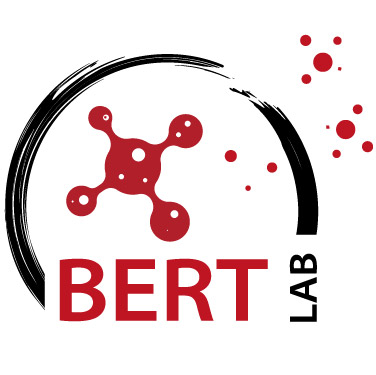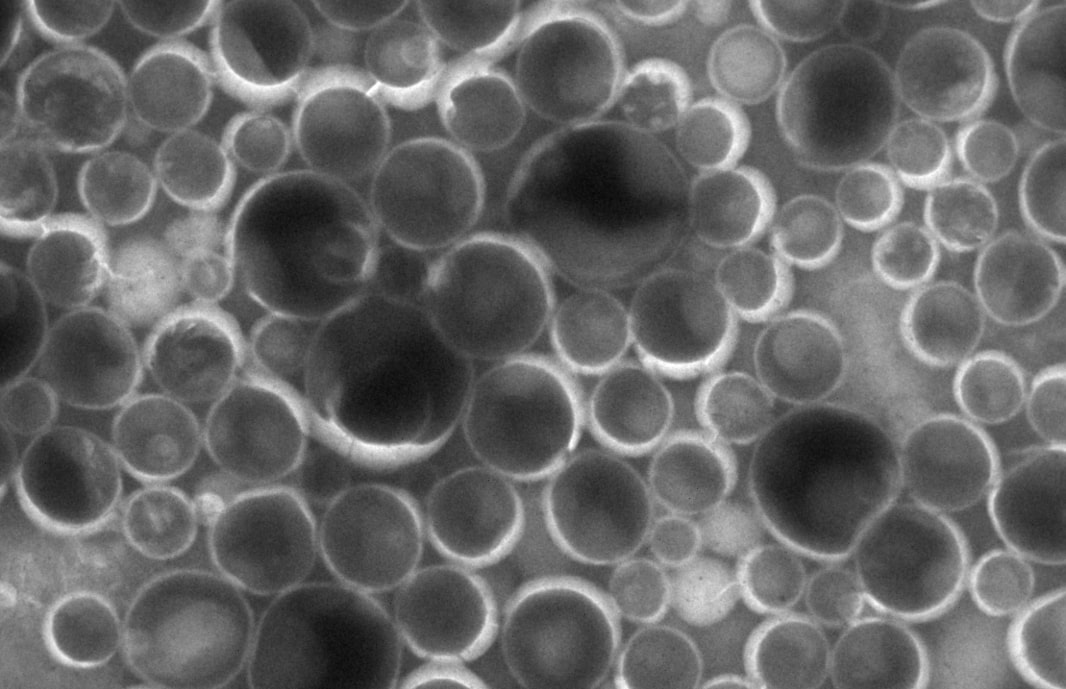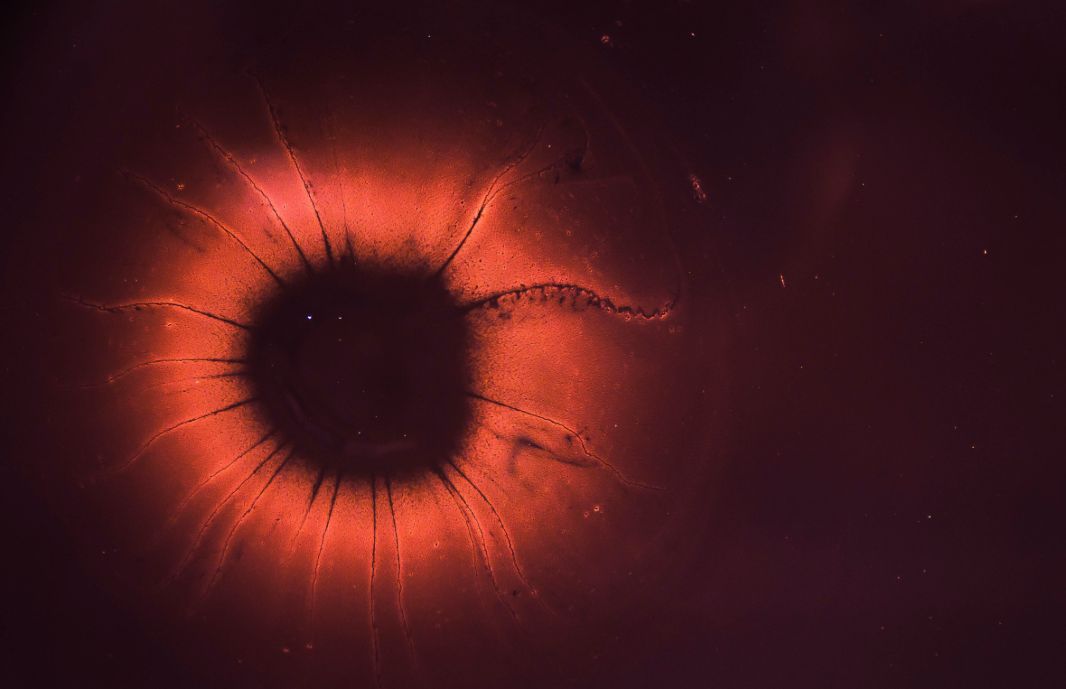Extracellular vesicles mimetics
One of the most recent developments in the area of drug delivery is the idea of using biologically derived nanoparticles such as exosomes as targeted drug carriers. Exosomes are nanosized phospholipid bilayer vesicles that bud of from cells and have sizes ranging from 50 nm to 150 nm. These vesicles are known to retain several key intracellular and surface proteins that enable them in cell to cell communication and other functions. Due to their several advantages such as stealth properties to evade the immune system, organotrophic behaviour wherein they are able to selectively target specific organs and cell populations; and biocompatibility, they are being investigated as suitable carriers for drug delivery.
Recently, this has also led to the development of a new class of exosome mimetic nanoparticles. These particles are usually formed by artificially breaking down the cell membrane of mammalian cells to provide nanosized vesicles with intact phospholipid bilayer surrounding them and caring similar key protein in the surface as exosomes. In spite of their several advantages, their application is limited by low therapeutics loading capacity and depend of the type of drugs despite different technics tested.
These drugs loaded nanovesicles are still yet unsuitable for therapeutic applications and the low scale production limiting their clinical translation potential.
In the lab we study the production, characterisation and loading of these nanovesicles mimetics from different origin of cells and test them invitro and invivo in different application and disease.
Projects with cell derived nanovesicles CDNs:
- skin regeneration
- stroke remodelling
- hybrids natural shell nanoparticles (NSN) for genes and hydrophilic drug delivery
- cardiovascular




